



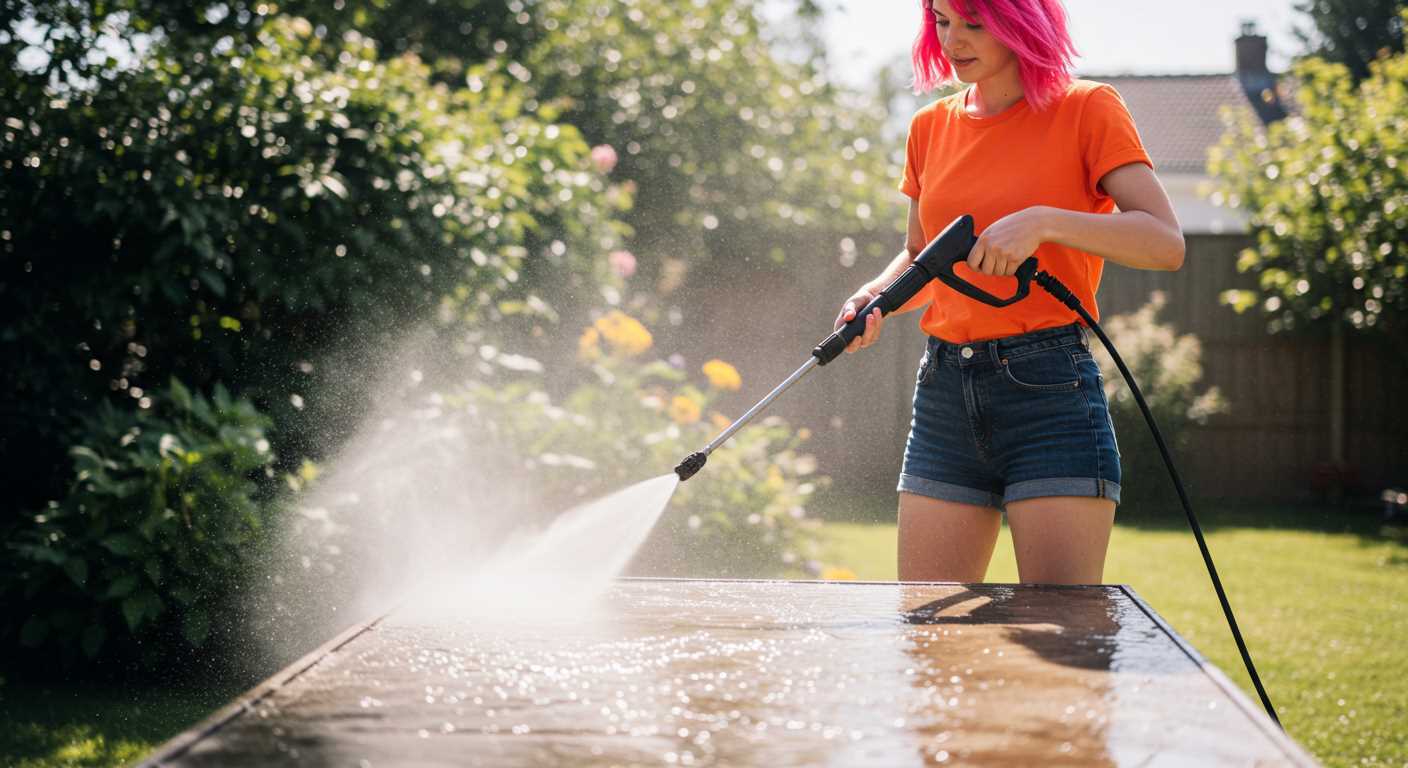
Begin with a reliable combustion motor, preferably one with a power rating of at least 5 horsepower. This strength ensures that the water pressure generated will be sufficient for most cleaning tasks. If you’re working with an older model, check for any signs of wear or damage; a well-maintained unit will yield better results.
Next, you’ll need a pump that can handle high pressure. Look for a triplex or axial cam pump specifically designed for these applications. Connecting the pump to the motor requires a sturdy coupling to maintain alignment and prevent vibration damage. A direct drive setup is often the most efficient way to achieve this connection.
Water supply is another critical factor. Ensure that you have access to a clean source, as debris can damage the pump. Incorporating a filter at the inlet can help protect the internal components. Once connected, adjust the pressure settings according to your cleaning requirements, ensuring that the output is suitable for the surfaces you plan to clean.
Finally, safety is paramount. Use appropriate hoses rated for high pressure, and don’t forget the importance of personal protective equipment. A good pair of goggles and gloves can make all the difference in ensuring a smooth cleaning experience. With these steps, you’ll have a powerful cleaning tool at your disposal without the hefty price tag of commercial options.
Steps to Convert a Motor into a Cleaning Device
Begin with a robust motor, preferably a gasoline model, as it delivers the necessary power. Ensure it has adequate RPMs; around 3000 is ideal for generating sufficient water pressure. A high-quality pump is critical; look for one that can handle the flow rates required for effective cleaning.
Selecting the Right Pump
Choose a pump designed for high pressure. A triplex plunger pump is a solid choice. It’s efficient and durable, capable of sustaining prolonged use. Many users overlook the inlet and outlet sizes; ensure they match the specifications of your motor to avoid complications.
Connecting the Components
Use a flexible coupling to join the motor and pump securely. This connection is vital to prevent vibrations from damaging the components. Install a water inlet filter to keep debris from entering the pump, which can lead to costly repairs. Next, connect a high-pressure hose rated for the appropriate PSI. This is non-negotiable; a low-quality hose can burst under strain.
Finally, add an adjustable nozzle to control the spray pattern. This allows for versatility in cleaning various surfaces, from delicate paint to tough concrete. Once everything is assembled, conduct a test run. Monitor for leaks and ensure the motor operates smoothly. Adjust the pressure as needed for different cleaning tasks.
With careful selection and assembly, you can create a powerful cleaning tool from a motor that rivals commercial machines. My own experience with this process taught me the importance of quality components and precise assembly. Each modification I’ve made has improved my cleaning efficiency, turning tedious jobs into quick tasks.
Selecting the Right Engine for Conversion
Choosing a suitable motor is paramount for this project. I’ve found that a small gas or diesel engine in the range of 5 to 15 horsepower typically provides the best balance of power and size. A common choice is a 4-stroke engine, as it tends to be more fuel-efficient and quieter than its 2-stroke counterpart. Look for one with a horizontal shaft; this orientation simplifies the connection to the pump.
Consider the RPM of the motor. Most high-performance pumps operate efficiently at around 3000 to 3500 RPM. Selecting an engine that matches this speed is essential for optimal performance, so check the specifications carefully. If the RPM is too low, the water output will be inadequate; too high, and you risk damaging the pump.
Make sure the engine has a reliable recoil start or an electric start option. After spending hours testing different models, I’ve learned that ease of starting can save time and frustration. Look for engines with good reviews regarding their reliability; I’ve had my fair share of struggles with unreliable models that just wouldn’t start when needed.
Another aspect to consider is the weight of the motor. A heavier unit may make your setup cumbersome, especially if you plan to transport it. I once tried using a much heavier engine and regretted it during the first job when I struggled to move the assembly around.
Lastly, always check for compatibility with your chosen pump. Some pumps require specific mounting points or shaft sizes. I once ended up with a motor that had the wrong shaft dimensions, resulting in wasted time and additional costs. Always double-check that the components will fit together seamlessly.
Gathering Necessary Tools and Materials
To kick off this project, you’ll need a specific set of tools and materials. Based on my experience, assembling everything beforehand saves time and frustration later on. Here’s a breakdown of what you’ll require:
Tools
- Wrench set
- Screwdriver set
- Drill and drill bits
- Hose cutter
- Multimeter for electrical checks
- Adjustable pliers
Materials
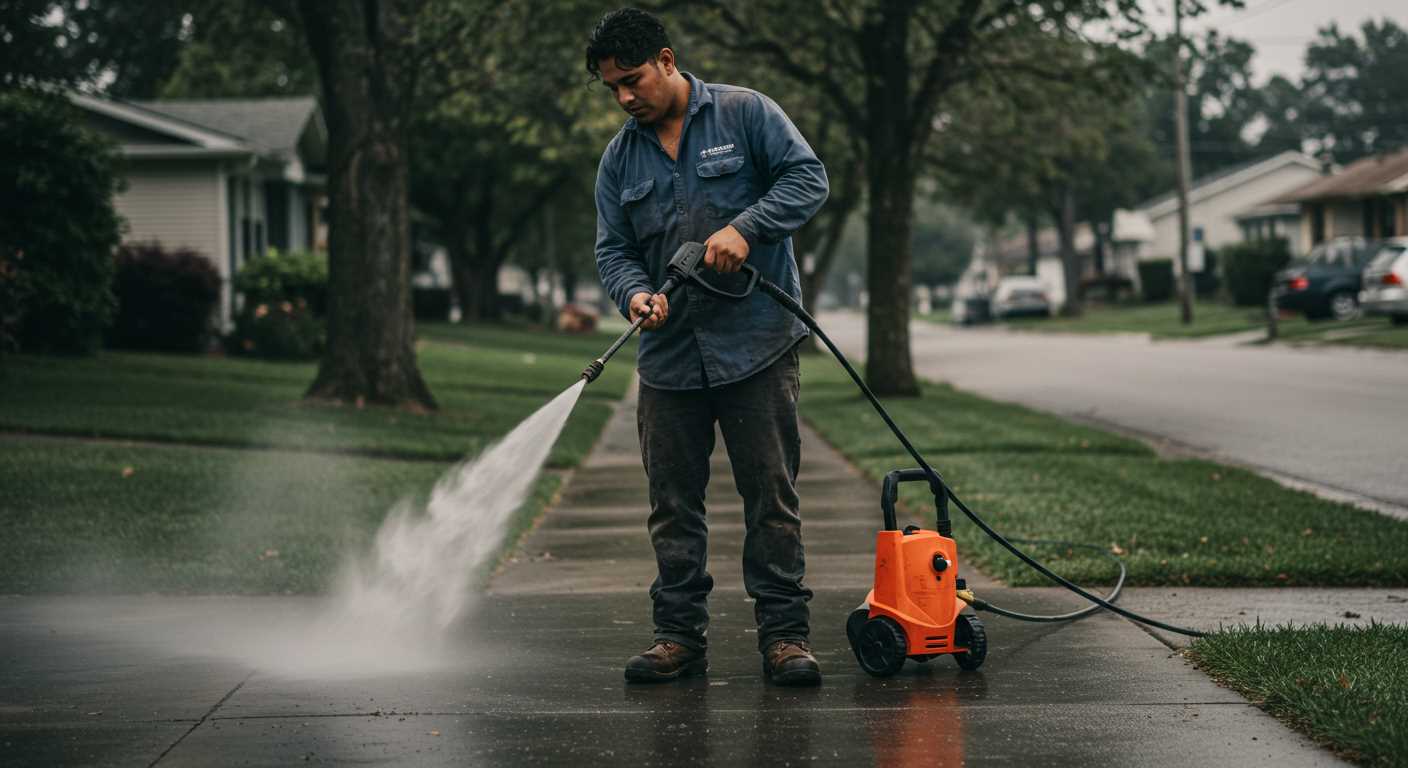
Gather these materials for the assembly process:
| Material | Description |
|---|---|
| High-pressure pump | A pump capable of handling high PSI ratings is essential. |
| Hoses | Durable, flexible hoses that can withstand high pressure. |
| Unions and connectors | Ensure compatibility between different components. |
| Water source adapter | Connects to your main water supply, ensuring a steady flow. |
| Safety equipment | Goggles and gloves to protect yourself during assembly. |
I’ve seen too many projects stall because someone overlooked a crucial component. Make sure to double-check your list. If you’re considering alternatives, you might want to explore the best electric pressure washers for inspiration. In my early days, I often found that comparing different systems led to better decisions for my own builds. Happy assembling!
Understanding Pressure Washer Components and Their Functions
Familiarity with each part of a washing system is crucial for a successful conversion project. The key components include the pump, motor, spray gun, and nozzle. Each plays a specific role in generating and directing high-pressure water for cleaning tasks.
The Pump
The pump is the heart of the system. It elevates water pressure from a standard household supply to the levels needed for effective cleaning. There are various types of pumps, but axial pumps and triplex pumps are the most common. Axial pumps are suitable for light-duty tasks, while triplex pumps handle heavy-duty applications. Choosing the right one depends on the intended use.
The Motor
The motor powers the pump and can be electric or petrol. Electric motors are quieter and require less maintenance, but petrol motors offer greater mobility and power. Ensure the motor’s output matches the pump’s requirements for optimal performance. A mismatch can lead to inefficiencies or even damage.
The spray gun acts as the interface between the user and the washing equipment. It controls water flow and pressure through different settings. A quality spray gun should feel comfortable in your hand and provide an adjustable pressure range for various cleaning jobs.
Nozzles further refine water delivery. Different nozzle sizes create various spray patterns, from fine mist to concentrated jets. This versatility is essential for tackling different surfaces, ensuring effective removal of dirt and grime without causing damage.
In my experience, understanding these components has made all the difference. When I converted my first unit, I overlooked the significance of the nozzle type, which led to less-than-satisfactory results. After switching to a more suitable nozzle, I was amazed at the difference it made. Each component works in tandem, and clarity on their roles simplifies the entire process.
In summary, a thorough grasp of these parts, their functions, and how they interact can significantly enhance your project and ensure that you achieve the desired cleaning results efficiently.
Building the Water Supply System for the Engine
Establishing a reliable water supply is the backbone of your setup. Begin with sourcing a robust water tank. A capacity of at least 20 litres is ideal for extended cleaning tasks without frequent refills. I’ve used various tanks, but those made of durable plastic or metal hold up best under pressure.
Next, attach a sturdy inlet hose to the tank. A hose with a diameter of 3/4 inch ensures a sufficient flow rate. Make sure the hose is rated for high pressure to avoid any ruptures during operation.
Here’s a crucial point: install a filter at the water intake. This prevents debris from entering your system, which I learned the hard way. A clogged nozzle can ruin your day, and a simple mesh filter can save you from frequent maintenance.
For an efficient connection, use a quick-release coupler. This allows for easy disconnection when you need to refill or maintain the system. I’ve found that a brass coupler is more reliable than plastic, especially under pressure.
Consider adding a pressure gauge to monitor the water supply. It’s a small investment that pays off by ensuring you’re always aware of your system’s performance. A reading below the recommended level can indicate a blockage or insufficient supply.
Here’s a quick checklist to ensure your water supply system is set up correctly:
- Water tank (20 litres or more)
- 3/4 inch intake hose
- Mesh filter
- Brass quick-release coupler
- Pressure gauge
Finally, test your setup before diving into your cleaning tasks. Run the system and check for leaks, ensuring all connections are secure. This simple step can save you time and frustration later on.
Connecting the Engine to a Pump: Step-by-Step Guide
Begin by gathering your components. You’ll need a suitable pump, usually a triplex plunger type, and a power source capable of delivering the required RPMs.
- Mount the Pump:
- Secure the pump to a stable base, ensuring it’s level to prevent any operational issues.
- Utilise mounting brackets that can support the weight of the pump and resist vibrations during operation.
- Align the Shaft:
- Position the pump so that its input shaft aligns perfectly with the output shaft of the power source.
- Use a straight edge to check alignment; misalignment can cause premature wear or failure.
- Connect the Coupling:
- Select a coupling that fits both shafts securely.
- Loosely attach the coupling to both shafts initially to allow for adjustments.
- Tighten the coupling once you ensure proper alignment.
- Install the Drive Belt (if necessary):
- If your design involves a belt drive, install the belt over the pulleys with appropriate tension.
- Check the tension by pressing the belt down; it should have about half an inch of deflection.
- Secure All Connections:
- Tighten all bolts and screws to secure the pump and coupling.
- Inspect all connections for any signs of stress or wear.
During my initial attempts at this setup, the alignment was off, and it led to pump failure. I learned to double-check everything before finalising connections. Patience pays off here.
Once everything is connected, conduct a thorough inspection before starting the system. Look for leaks in the connections and ensure all fasteners are tight. Test the system at low pressure to avoid any sudden failures. This will help you identify any necessary adjustments before full operation.
Testing the Pressure Output and Adjustments
First, connect a pressure gauge to the outlet of your new setup. This step is crucial to ensure you have accurate readings. Start the motor and observe the gauge. Expect a range between 1500 to 3000 PSI, depending on your pump specifications.
If the gauge shows lower than expected pressure, check for blockages in the water supply line. A clogged filter or kinked hose can significantly impact performance. I recall one instance where I spent hours troubleshooting, only to find a simple blockage in the intake hose. Clearing that resolved the issue instantly.
Next, verify the pump’s RPM settings. Each pump operates optimally within a specific RPM range. If you notice the pressure is inconsistent, adjust the throttle to find that sweet spot. When I was testing various pumps, I found that even slight adjustments could lead to significant changes in output.
In cases where the pressure is too high, you may need to install a pressure relief valve. This device prevents potential damage to your system. During one of my tests, I forgot to include this component and ended up damaging the pump due to excessive pressure. Installing that valve saved me from further headaches.
Additionally, consider the nozzle size. The wrong nozzle can affect both flow rate and pressure. If you’re experiencing decreased efficiency, try swapping out the nozzle for one with a different orifice size. I’ve seen remarkable differences just by changing the nozzle; it can optimise performance dramatically.
After making all adjustments, repeat the pressure test. Ensure that readings are stable and within the recommended range. If everything checks out, you’ve successfully calibrated your setup. I always find satisfaction in a well-tuned machine, especially when it performs beyond expectations.
Safety Precautions During Operation and Maintenance
Always wear proper personal protective equipment (PPE) including gloves, goggles, and non-slip footwear before engaging with the high-velocity water system. This safeguards against potential injuries from water spray or debris.
Environmental Awareness
Be mindful of your surroundings. Ensure that the area is free from obstacles or fragile items that could be damaged or cause accidents. If using the device outdoors, check for overhead power lines and maintain a safe distance to prevent electrical hazards.
Device Checks and Maintenance
Regularly inspect all components, such as hoses and fittings, for wear and tear. Look for cracks or leaks that could lead to malfunctions. Before performing maintenance, disconnect the water supply and allow any residual pressure to dissipate. This prevents unexpected sprays during repairs.
Ensure that the motor is turned off and cooled down before handling any parts. This reduces the risk of burns or electrical shocks. For reference on efficient cleaning, you might find this domestic karcher pressure washer useful when considering alternatives.
When operating the machinery, maintain a firm grip and a stable stance to manage any recoil from the powerful jet. Always direct the nozzle away from yourself and others to prevent injuries.
FAQ:
What are the basic steps to convert an engine into a pressure washer?
To convert an engine into a pressure washer, you will need to follow several key steps. First, gather all necessary components, including a suitable engine, a high-pressure pump, hoses, and a nozzle. Next, securely mount the pump to the engine, ensuring that all connections are tight and leak-proof. After that, connect the inlet hose to the pump and attach the outlet hose with the nozzle. Finally, fill the engine with fuel, check all connections, and test the system for proper operation.
What type of engine is best suited for this conversion?
The best type of engine for converting into a pressure washer is a four-stroke gasoline engine, typically found in lawn mowers or small generators. These engines provide sufficient power and reliability. Look for an engine with at least 5 to 7 horsepower to ensure that it can drive a high-pressure pump effectively. Additionally, engines with a centrifugal clutch can help manage the load during operation.
Are there any safety precautions I should take during the conversion process?
Yes, safety is paramount during the conversion process. Always wear protective gear, including gloves and goggles, to protect yourself from potential injuries. Make sure to work in a well-ventilated area to avoid inhaling fumes from the engine. Before starting the engine, double-check all connections and ensure that there are no leaks in the hoses or fittings. It’s also wise to have a fire extinguisher nearby, as working with fuel can pose a fire risk.
Can I use a used engine for this project, and what should I check before using it?
Using a used engine can be a cost-effective option, but there are several factors to consider. First, inspect the engine for any signs of wear or damage, such as leaks or corrosion. Check the oil and fuel systems to ensure they are clean and functional. Additionally, test the engine to make sure it runs smoothly without any unusual noises or vibrations. If the engine shows significant wear, it may be best to invest in a new one for reliability.
What are the common challenges faced during this conversion?
Common challenges during the conversion include ensuring proper alignment between the engine and the pump, which is crucial for efficient operation. Additionally, achieving a secure and leak-proof connection can sometimes be tricky, especially with hoses and fittings. It is also important to manage the engine’s RPMs to match the pump’s requirements, as mismatched speeds can lead to performance issues. Lastly, if you are unfamiliar with engine mechanics, understanding the assembly can be daunting, so it may be helpful to consult guides or videos for clearer instructions.

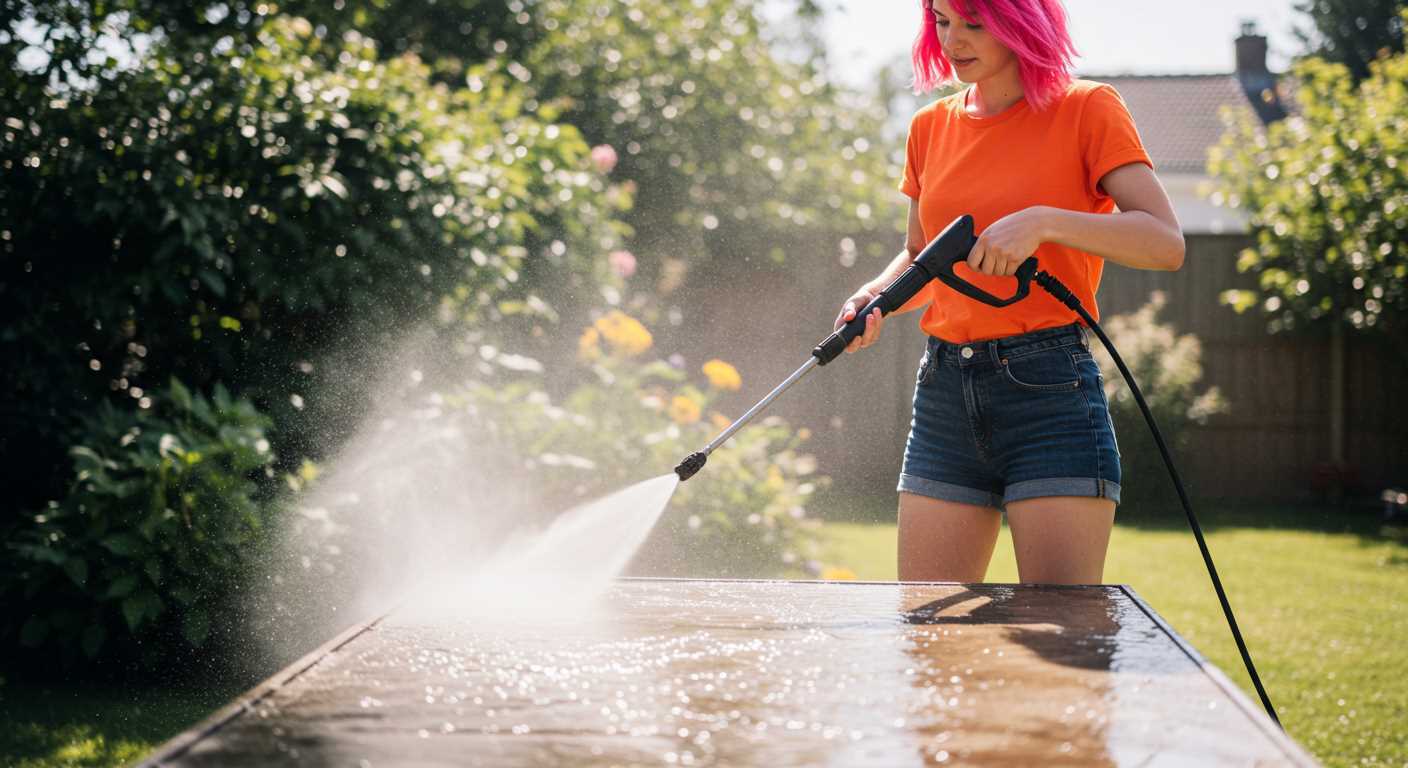



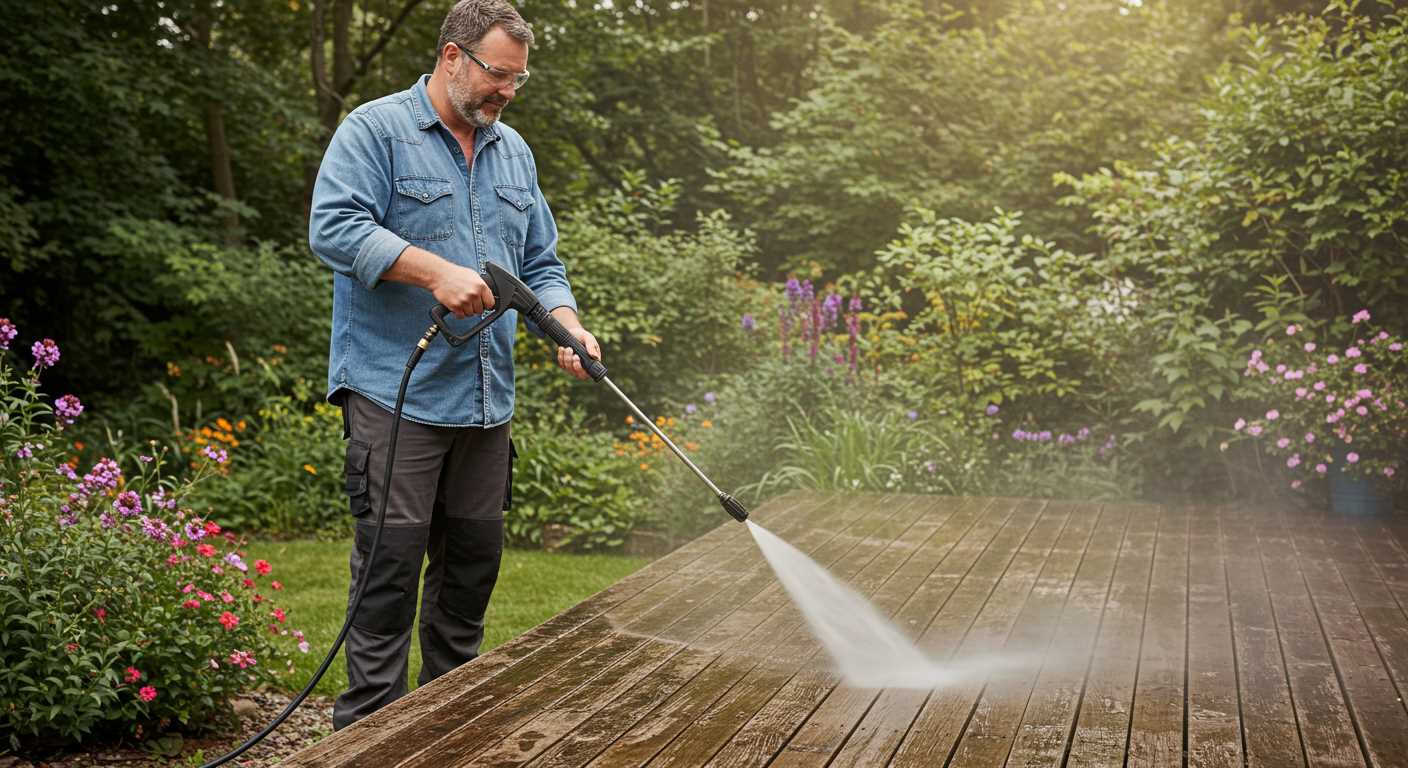
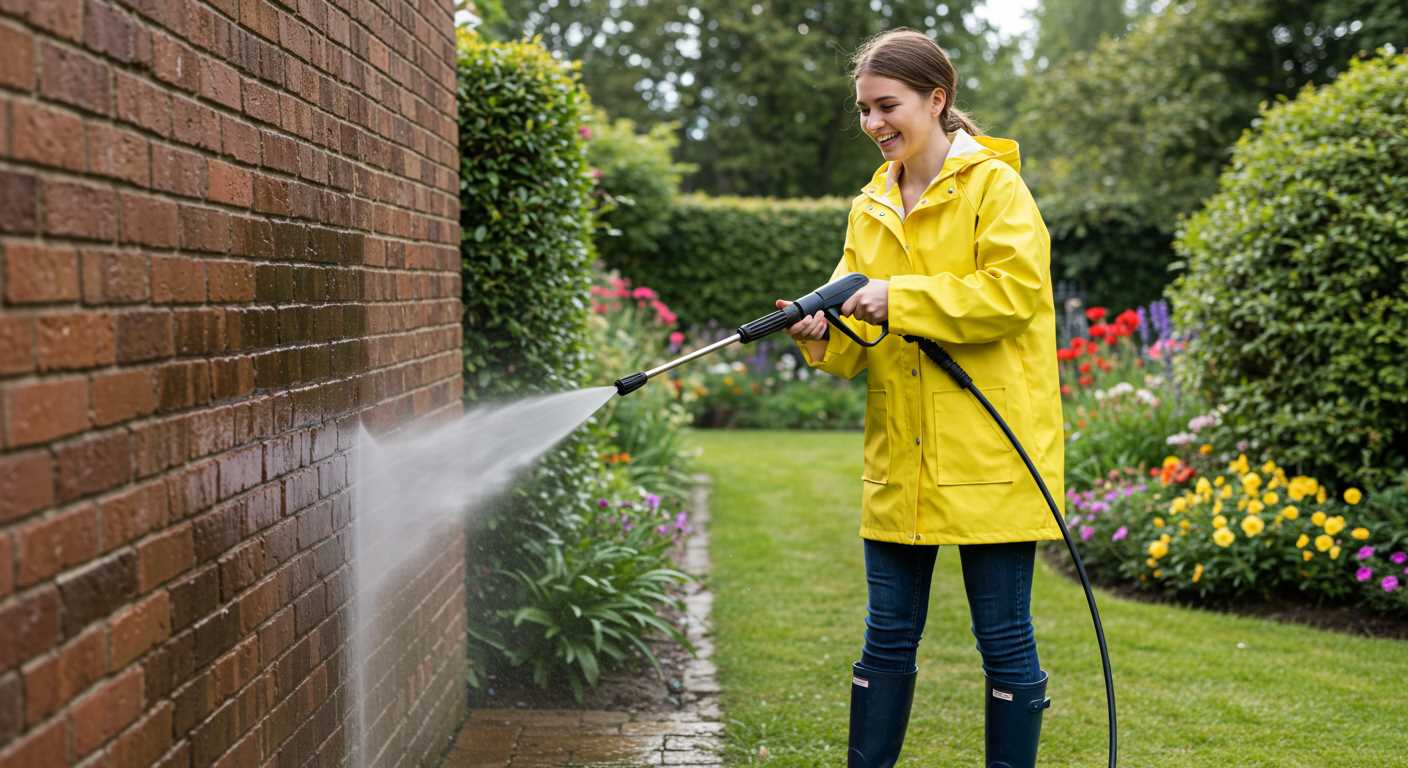
.jpg)


